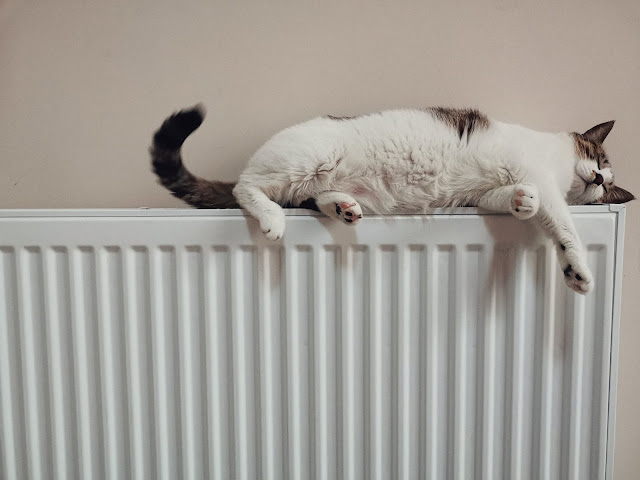Redecorating is an exciting time for any homeowner. Paint or wallpaper? Carpet or tiles? Curtains or blinds? Which grey fabric swatch is better for the pelmet: charcoal moon, or charcoal ‘dark’ moon?
It’s a creative process that is full of stimulating questions. However, there’s one question we might be a bit less excited about: which one of us is going to ‘sort out the radiator’?
Removing the radiator can seem like an intimidating task. Luckily, there are experts at traderadiators.com on hand to help.
What you’ll need:
● Radiator key
● 3 Towels
● 2 adjustable spanners
● Plastic container for water - 1 or 2 washing-up bowls should do!
The very first step is to turn off your central heating to ensure that when you drain the water, it won’t be scalding hot! This might seem self-evident but is often forgotten about.
Then, spread one of your three towels somewhere in the room as a prepared spot for the radiator to be deposited after the removal. It’s a big help to have a clean, designated spot for the radiator to keep things stress-free.
Next, turn off the radiator valves. The thermostatic radiator valve (TRV) should be moved to the zero or off position. On the other side of the radiator is the lock-shield valve. Rotate your spanner clockwise to make sure the lock-shield valve is closed.
Position a towel beneath the valve you have chosen to drain first. On top of the towel, position your bucket or bowl. With your water-catching station prepared, you are ready to drain the valves.
Choose the valve you are planning to drain first, and position one spanner on the valve body. Use your second spanner to loosen the nut which links the radiator to the wall. This will allow the water to drain from the valve.
It’s time to open the bleed valve. Insert and turn the key anticlockwise to ‘unlock’ the bleed valve, which will allow more water to drain.
Now, you can move on to the valve on the other side of the radiator. Repeat the process from before: two spanners, drain the radiator, collect the water. After this, loosen the nuts until they are totally disconnected from the radiator. Tilt the radiator to the side, and ensure that all water is 100% drained. You might want to add a small piece of cloth or tissue to any open holes to avoid drips.
The last step is to remove the radiator from the wall! It might be a good id
ea to have a helper on hand for heavier radiators. Carefully lift the radiator off the brackets, and carry it over to the towel/sheet you set out earlier.
Voilà! Your radiator is successfully removed. Some redecorators might even want to replace their radiator with a newer model. If you’re in search of options, Trade Radiators would be the place to check!
TOP TIP: Remember to clean the radiator before the removal (including the inside). This will prevent any nasty dust or residue slowing down the process and causing a mess!

